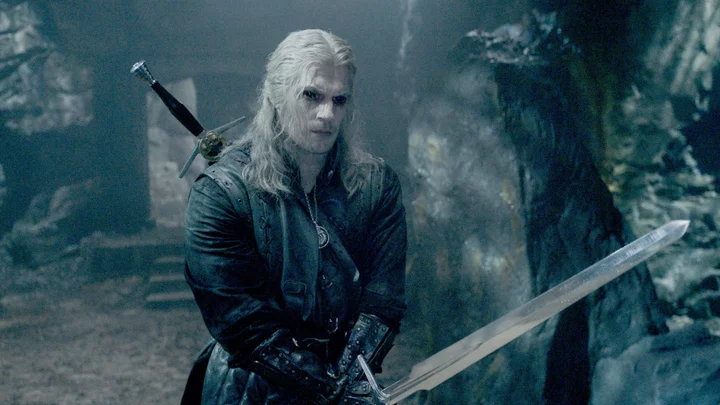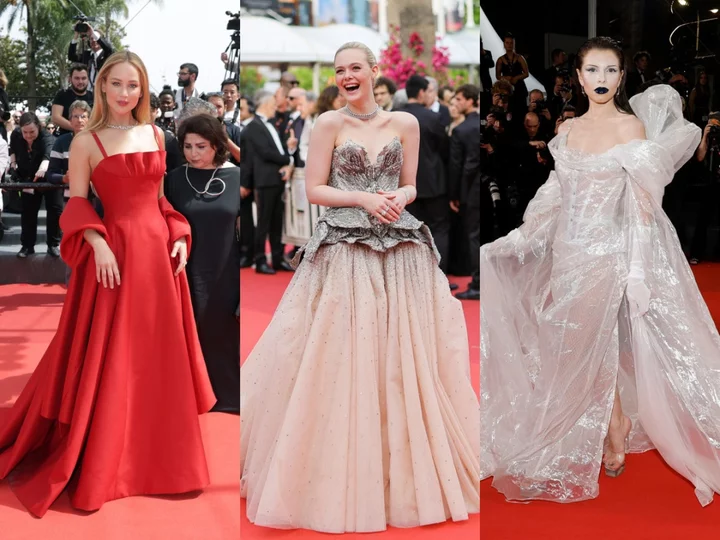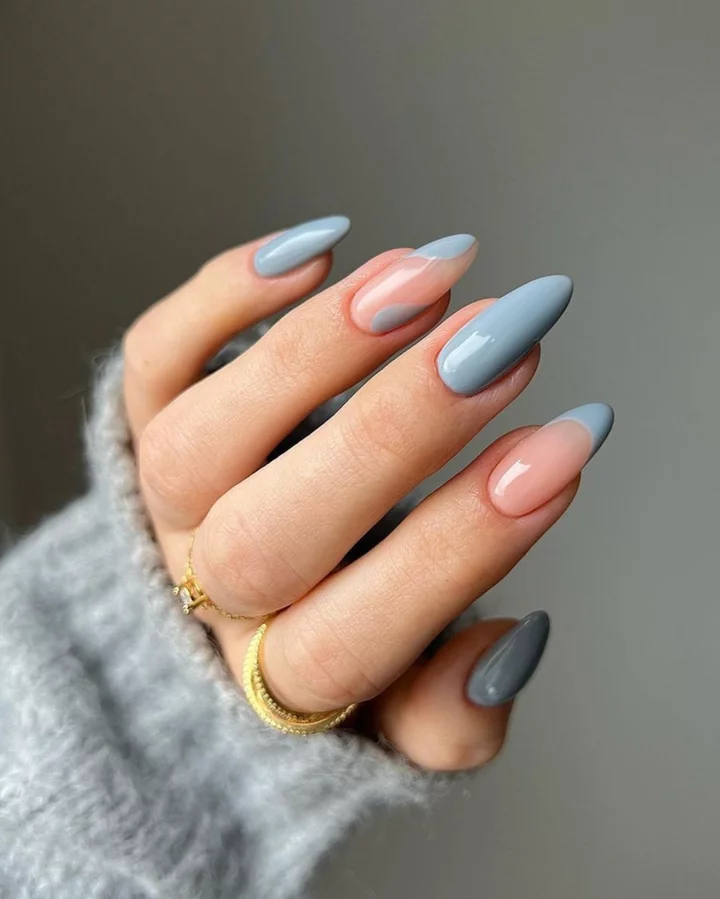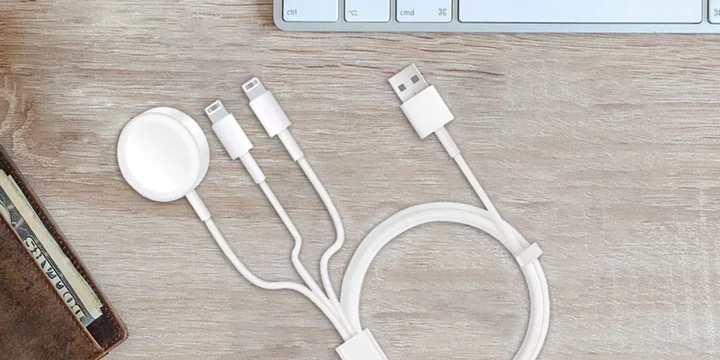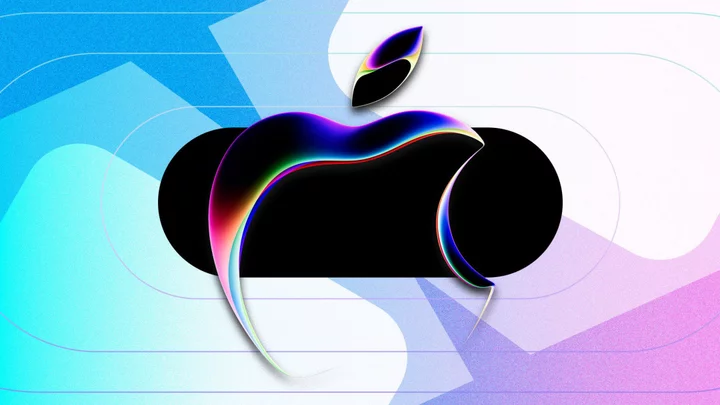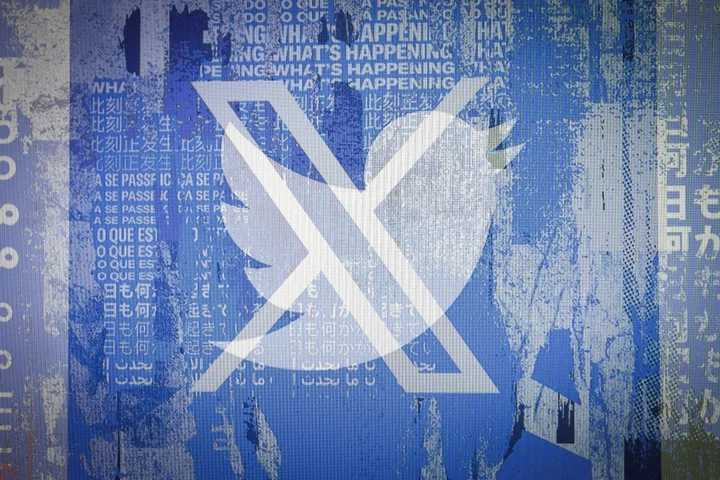Geralt (Henry Cavill), Yennefer (Anya Chalotra), and Ciri (Freya Allan) may be the protagonists of The Witcher, but the true stars of the show have a few more claws, wings, and extra limbs.
Beyond the royal court conniving, mage tutelage, and bounty hunter brawls of Netflix's adaptation of Andrzej Sapkowski's novels, monsters roam the Continent, munching on villagers and battling their commissioned nemeses, the titular witchers.
SEE ALSO: 'The Witcher' review: Season 3 levels up for Henry Cavill's last rideFor three seasons, production designer Andrew Laws, showrunner Lauren Schmidt Hissrich, and The Witcher's creative team have brought these monstrous beasts to life onscreen through design and visual effects, serving up a shapeshifter Doppler, a sewer-dwelling Zeugl, a dragon-like Chernobog, a centipede-ish Myriapod, an evil tree Leshy, and a vampiric Bruxa over Seasons 1 and 2.
"With the monsters, it starts very much with myself and my concept team, and I work with the source material," Laws tells Mashable. "Lauren and I go back and forward a little bit with ideas. We lean very much into where Sapkowski has found the monsters in the books and particularly if it's been in Slavic folklore."
In Season 3, The Witcher's monster-of-the-week format levels up — remember, Ciri left the monolith portal door open, so everything's on the table. Released from its dungeon in episode 1, a ferocious Jackadaw chases Ciri through a Belleteyn festival maze, an armadillo-meets-centipede creature that rolls like a Raiders of the Lost Ark ball, pursuing our hero with its keen sense of smell. In episode 3, Ciri makes her first ever monster kill as a junior witcher, a screeching young Wyvern being presented by a market seller as a Basilisk (we saw Basilisks rampaging through Kaer Morhen in Season 2, and this ain't one). In episode 4, Ciri and Geralt tackle a water-dwelling Aeschna together, and it truly takes both of them to bring it down.
Season 3, episode 1 gives us a big time Jackdaw in the maze. Credit: Susie AllnuttBut in episode 2, we get the most nightmare fuel monster of the entire series so far.
When Geralt tracks a lead on the fire mage Rience (Chris Fulton) to the castle Vuilpanne on the outskirts of Piana, he finds his way to its subterranean caves with his witcher senses tingling. In the deep dark depths, he finds horrifying, talking decapitated heads protruding from the walls, enlivened by fleshy tentacles. It's not long before he finds what happened to their bodies, now one major rat king of a creature made entirely of human body parts, including arms, legs, butts, and decapitated torsos. Think Avatar: The Last Airbender and the unforgettably terrifying Koh the Face Stealer but way worse.
Every limb, hand, and foot of this abomination, the atrocious work of an evil sorcerer experimenting on young mages to get to Ciri, is the original work of The Witcher creative team.
"With the one you're talking about, it was an extraordinarily collaborative effort between many, many different departments because it was such an abstract idea," says Laws. "It was very different in terms of how that manifests itself in the end. It was probably one of the most collaborative processes in the monster-building world."
Featured Video For You Henry Cavill dug deep into 'The Witcher' games and fantasy fiction to get his Geralt just rightLaws and his team look to the power of unseen fear in storytelling when visualising Sapkowski's monsters for the Netflix series.
"The monsters are the cherry on top of everything," says Laws. "It's a blank slate start usually, with all the monsters. I like to play into what the history of storytelling is really meant to be. Monsters, particularly in folklore, in a lot of ways they're not ever meant to be described in too much detail, because the idea is to play into the fears of the listener, to let them create the worst version of what that monster would be and adding the things that they fear the most to it.
"What's nice about particularly Sapkowski's writing and then with our writers, we get an outline of what the monster is, what its history is, where it's from, what the origin of the monster is. But we get a lot of latitude in terms of how we want to realise that. One of my concept artists jokes all the time that we always start with what I don't want to see, and a lot of that is trying to drift away from tropes and things that we maybe have seen before."
Of course, The Witcher monsters not only have to bring something original to the screen adaptation, but production-wise need to consider stunt choreography and how Geralt and his cohort will interact with them.
"I definitely try not to look at other things. In a way, I really like to conjure it more from ideas, and particularly how it's meant to function or move through the space with the characters," says Laws. "Because a lot of how we want to see how a monster affect us is very much about not just its visage, but its kinetics — how it will move, how the performers and characters have to interact with it... It becomes sort of greater than the sum of its parts, really."
As for episode 2, the sum of that monster's parts will haunt me forever.
How to watch: The Witcher is now streaming on Netflix.

